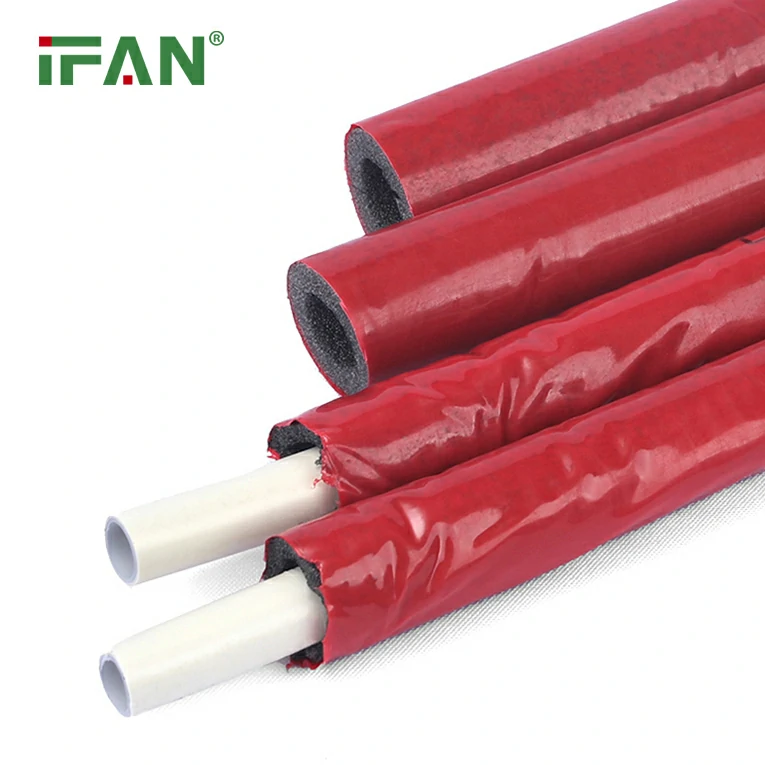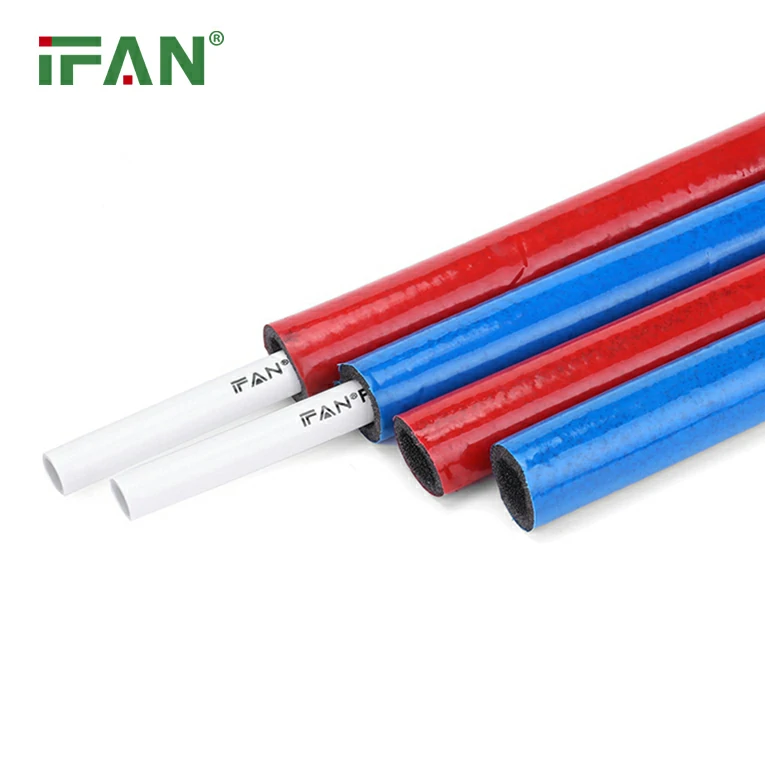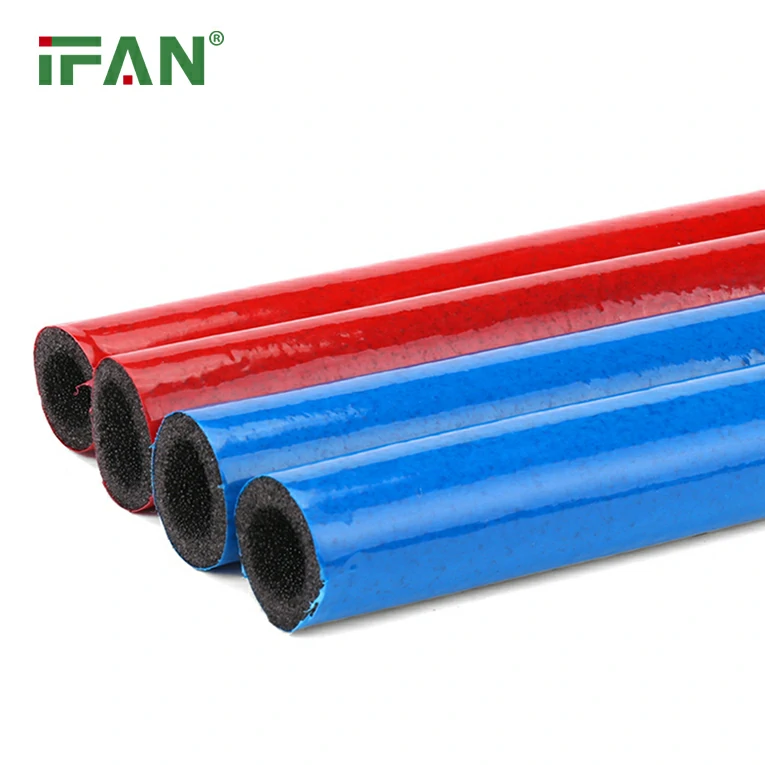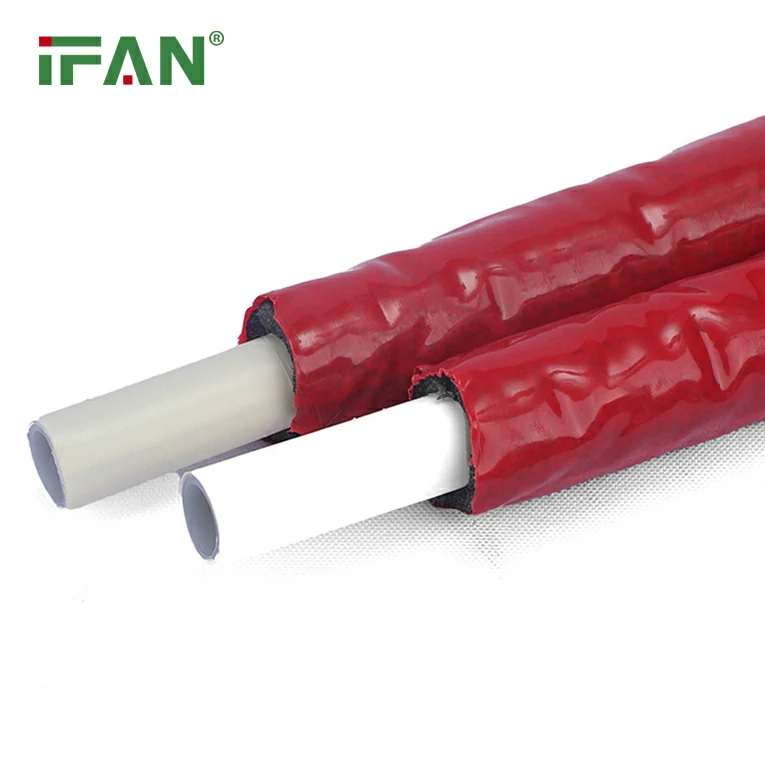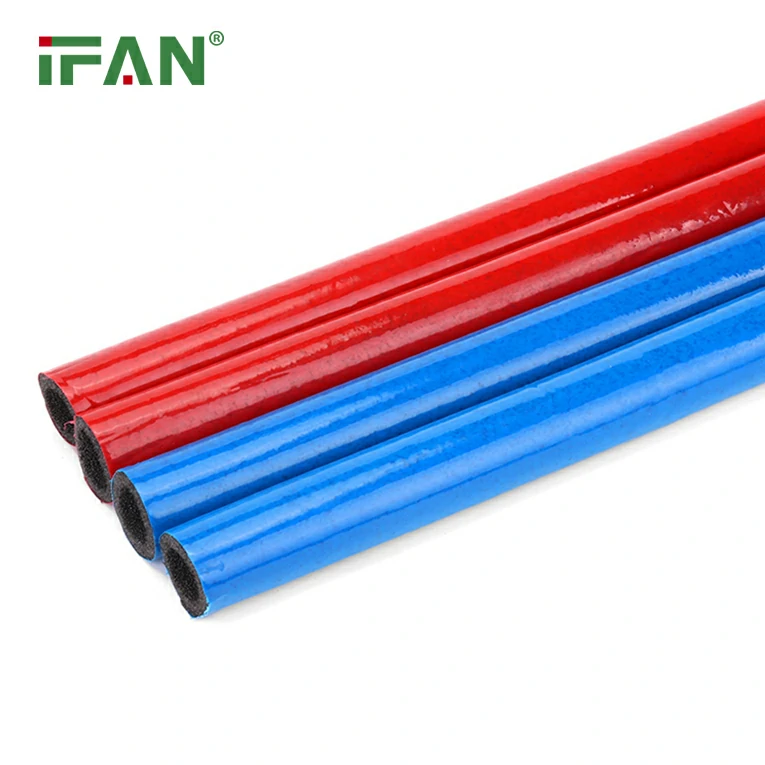In recent years, PEX (cross-linked polyethylene) pipes have gained widespread popularity in the plumbing industry due to their flexibility, ease of installation, and resistance to corrosion. However, as PEX pipes become an increasingly common choice for residential and commercial plumbing systems, researchers and environmental experts have raised concerns about the potential for harmful chemicals to leach into drinking water. These concerns come amid a broader debate over the best materials for plumbing systems, as various types of pipes—ranging from copper to PVC—compete for dominance in the market.
This article explores the ongoing debate surrounding the safety of PEX pipes, the chemicals that may leach from them, and the health implications of prolonged exposure to these substances. It also examines the role of research and regulations in ensuring that PEX pipes remain safe for consumers.
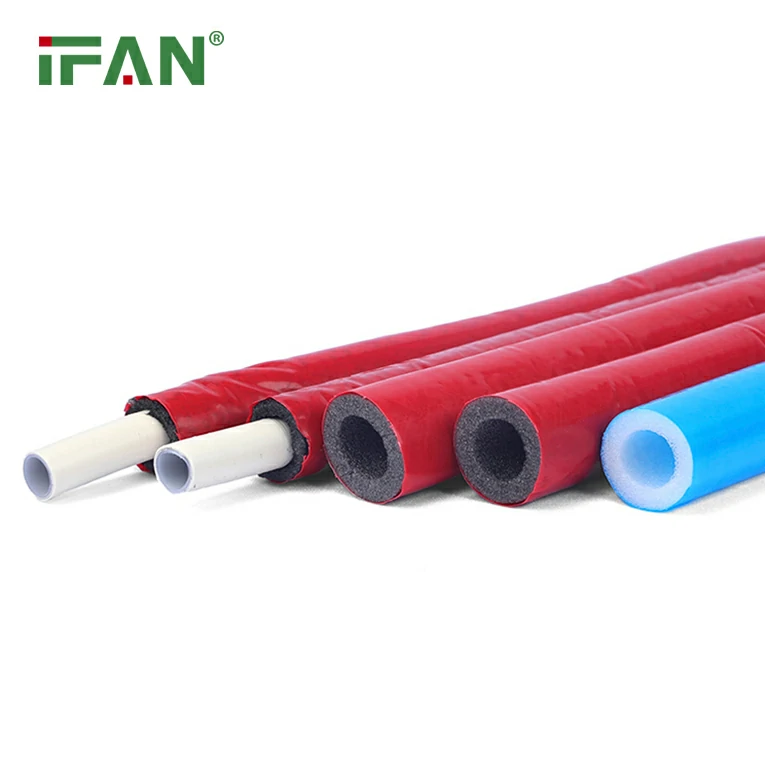
Understanding PEX Pipes: Benefits and Drawbacks
PEX pipes are made from polyethylene plastic, which undergoes a cross-linking process to create a stronger and more flexible material. This cross-linking process gives PEX pipes their durability, making them resistant to freezing, bursting, and corrosion. They are commonly used for water distribution, radiant heating systems, and even for snow-melting systems in colder climates.
Despite their advantages, PEX pipes are not without their drawbacks. One of the primary concerns regarding PEX is the potential for harmful chemicals to leach into the water that flows through them. As the popularity of PEX pipes grows, so does the debate over their safety, particularly regarding the chemicals that may migrate from the pipes into drinking water.
The Issue of Leaching Chemicals from PEX Pipes
When PEX pipes are first installed, the material is often treated with a variety of chemicals to improve its performance. These chemicals can include plasticizers, stabilizers, antioxidants, and other additives that help ensure the pipes are flexible, resistant to oxidation, and durable. However, some of these additives can leach into the water over time, particularly when the water is exposed to high temperatures or when the pipes are new.
Leaching refers to the process by which chemicals from the pipe material are transferred into the water it carries. This can happen when water comes into contact with the inner surface of the pipe, causing chemicals to migrate into the liquid. In the case of PEX pipes, the following chemicals have been identified as potential leachates:
1. Phthalates
Phthalates are a group of chemicals commonly used as plasticizers to make plastics more flexible. These chemicals are found in a variety of products, from toys to food packaging, and can also be used in the production of PEX pipes. Phthalates are classified as endocrine disruptors, meaning they can interfere with the body’s hormone system, leading to reproductive issues and developmental problems, particularly in children.
In some studies, phthalates have been detected in water that has come into contact with PEX pipes, especially when the water temperature is high or the pipes are new. While the levels of phthalates found in drinking water are generally low, long-term exposure to these chemicals is still a concern for health experts.
2. Benzene and Toluene
Benzene and toluene are volatile organic compounds (VOCs) that are used in the production of plastics, including PEX pipes. Both benzene and toluene are known carcinogens, meaning they can increase the risk of cancer with prolonged exposure. They are also toxic to the central nervous system, causing symptoms such as dizziness, headaches, and nausea.
Trace amounts of benzene and toluene have been found in water that comes into contact with PEX pipes, although the levels are typically well below the maximum limits set by regulatory agencies. Nonetheless, the potential long-term effects of exposure to these chemicals, particularly in high-temperature environments, remain a subject of concern.
3. Styrene
Styrene is another compound used in the manufacturing process of PEX pipes. It is a colorless liquid that is known to be a probable human carcinogen. Short-term exposure to styrene can cause headaches, dizziness, and nausea, while long-term exposure can lead to damage to the liver and nervous system. It is also a concern for those who drink water that comes into contact with PEX pipes, particularly in new installations.
While the levels of styrene found in drinking water are generally low, its potential health risks make it a compound of concern for researchers studying the safety of PEX pipes.
4. Nonylphenol and Alkylphenols
Nonylphenol and alkylphenols are a group of chemicals that are often used as surfactants in the production of PEX pipes. These compounds are known to be endocrine disruptors, meaning they can interfere with the body’s hormone function. Nonylphenol, in particular, is a substance of environmental concern because it can also be toxic to aquatic life.
The presence of nonylphenol in drinking water is particularly concerning due to its potential to disrupt human reproductive and developmental processes. Although the levels of nonylphenol found in water from PEX pipes are typically low, they can still pose a risk to consumers over time.
Health Risks Associated with Leaching Chemicals from PEX Pipes
While the levels of leaching chemicals in water from PEX pipes are generally low, the long-term health effects of exposure to these substances remain a significant concern. Many of the chemicals identified in PEX pipes are endocrine disruptors, which means they can interfere with the body’s hormone regulation and lead to a variety of health problems, including:
- Reproductive issues: Hormonal disruption caused by chemicals such as phthalates and nonylphenol can affect fertility, pregnancy, and child development. Studies have shown that exposure to endocrine-disrupting chemicals may result in early puberty, reduced fertility, and developmental issues in children.
- Cancer: Carcinogenic compounds like benzene and styrene pose a risk of cancer with long-term exposure. While the levels of these chemicals found in PEX pipe water are typically low, chronic exposure over many years may increase the risk of certain types of cancer.
- Neurological damage: Chemicals like toluene and styrene can have toxic effects on the nervous system. Prolonged exposure to these chemicals may lead to symptoms like headaches, dizziness, and, in more severe cases, long-term neurological damage.
- Environmental impact: Beyond human health concerns, some of the chemicals used in PEX pipes, such as nonylphenol, can have detrimental effects on the environment, particularly on aquatic life.
Regulatory Oversight and Standards
To address concerns about the safety of PEX pipes, various regulatory agencies have established guidelines and standards for the use of these materials in drinking water systems. In the United States, the Environmental Protection Agency (EPA) sets limits for contaminants in drinking water, including those that may leach from plumbing materials like PEX. The American National Standards Institute (ANSI) and the Plastics Pipe Institute (PPI) also have guidelines in place to ensure that PEX pipes meet safety requirements for drinking water.
In addition to these standards, manufacturers of PEX pipes are required to conduct rigorous testing to ensure their products comply with regulatory guidelines. Testing is typically done to assess the potential for chemical leaching and to determine whether the levels of contaminants in the water are within safe limits.
The Ongoing Debate: PEX Pipes vs. Other Plumbing Materials
As the debate over the safety of PEX pipes continues, there is growing concern over the trade-offs between PEX and other materials used for plumbing systems, such as copper and PVC. Copper pipes, while durable and reliable, are often more expensive and can be susceptible to corrosion over time. PVC pipes, on the other hand, are less expensive but can leach potentially harmful chemicals like phthalates.
PEX pipes offer several benefits, including lower costs, greater flexibility, and resistance to corrosion, but the potential for leaching chemicals remains a significant drawback. As research continues to explore the health effects of leaching chemicals, the plumbing industry will need to strike a balance between cost-effectiveness, safety, and environmental impact.
Conclusion
While PEX pipes offer numerous advantages in plumbing systems, concerns about the chemicals that may leach from these pipes into drinking water are valid. The presence of substances like phthalates, benzene, toluene, and nonylphenol raises potential health risks, particularly with long-term exposure. Researchers and regulators are working to ensure that PEX pipes meet safety standards and that any potential risks are minimized. As the demand for PEX pipes continues to rise, it is essential for both manufacturers and consumers to stay informed about the materials being used in plumbing systems and the potential impact on human health and the environment.
FAQs
1. What chemicals can leach from PEX pipes into drinking water? Common chemicals that can leach from PEX pipes include phthalates, benzene, toluene, styrene, and nonylphenol. These chemicals can pose health risks, especially with long-term exposure.
2. Are PEX pipes safe for drinking water? While the levels of chemicals leaching from PEX pipes are generally low and within regulatory limits, long-term exposure to some of these chemicals may pose health risks. It is essential to use high-quality PEX pipes and adhere to proper installation practices to minimize risks.
3. Can phthalates in PEX pipes affect human health? Phthalates are endocrine disruptors and can interfere with hormone regulation, potentially leading to reproductive and developmental issues, particularly in children.
4. What steps can be taken to reduce the risk of leaching from PEX pipes? Using high-quality PEX pipes, properly installing the pipes to avoid high-temperature exposure, and flushing new pipes before use can help minimize the risk of chemical leaching.
5. Are there any regulatory standards for PEX pipes? Yes, regulatory agencies such as the EPA, ANSI, and PPI have established guidelines and standards for the safety of PEX pipes used in drinking water systems. Manufacturers are required to conduct testing to ensure compliance with these standards.

